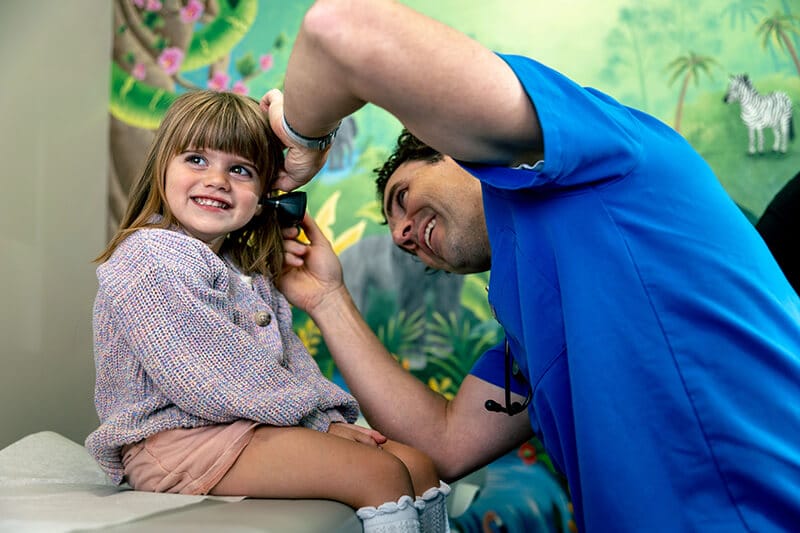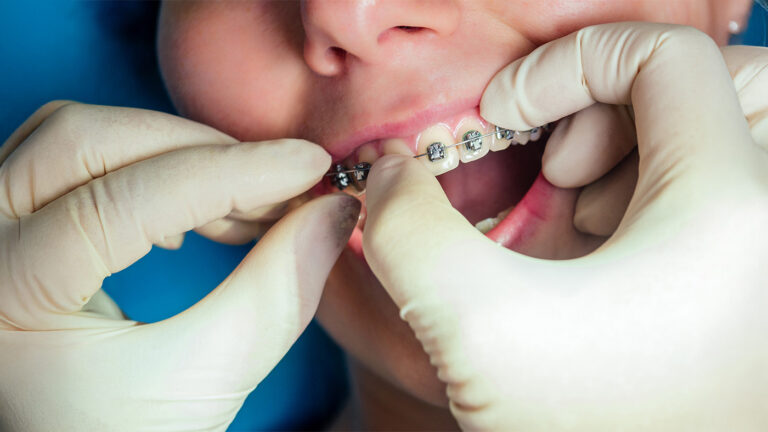Fluoride is a mineral that has been shown to reduce the risk of cavities and tooth decay in children and adults. It can be applied directly to the teeth, a common practice at the end of dental visits. Fluoride has been added to public water systems in many parts of the world for decades. However, Utah is set to be the first state to ban the addition of fluoride to public drinking water with House Bill 81.
With the removal of fluoride from public water supplies in Utah, it becomes increasingly important for children to receive fluoride treatments during their dental visits. Fluoride plays a crucial role in strengthening tooth enamel and preventing cavities. Professional fluoride treatment for kids effectively reduces the risk of early childhood cavities and protects children’s dental health.
Fluoride is a naturally occurring mineral, an ion of fluorine found worldwide in water, soil, and rocks. The natural level of fluoride in your water source depends on the amount of fluoride in your local environment. It’s higher in some places and lower in others. Some parents may wonder, is fluoride bad for kids, especially when public policies start shifting. But dental experts continue to support its benefits when used correctly.
To maximize the benefit and avoid any undesired side effects, it’s important to know how fluoride works and how much of it you and your children should have.
How Fluoride Works To Protect Teeth
Every time your child eats or drinks anything, the bacteria in their mouth produces acids that eat away at their teeth’s protective enamel. Over time, continued damage to the enamel increases the likelihood of developing cavities and losing teeth.
Does kids toothpaste have fluoride? Yes — Fluoride helps replace the minerals eaten away by the acid, restoring the protective enamel shield around your child’s teeth. Fluoride may also reduce how much acid is produced by harmful bacteria, reducing how much damage is done in the first place.
In the mouth, fluoride combines with the outer layers of the enamel, strengthening your little one’s teeth and preventing cavities. The benefits of fluoride for kids extend to children and adults, but it is most beneficial in the first eight years of life when the teeth are still developing. Fluoride can lead to lifelong protective benefits when absorbed into still-developing teeth.
Does fluoride have any health risks?
Using fluoridated toothpaste and mouthwash and having a fluoride treatment at the dentist is generally safe. Side effects are rare and usually minimal.
However, consuming too much fluoride can lead to fluorosis in children. By the time your child has reached the age of eight, the enamel on their teeth is fully formed, and the risk of fluorosis has passed. Most of the time, fluorosis is mild and cosmetic, with no pain or changes in teeth function. While the teeth are still developing, exposure to too much fluoride can cause white flecks, spots, or lines. In severe cases, it can lead to pitting or discoloration. While overconsumption of fluoride is uncommon, you can take these steps to ensure your child isn’t getting too much.
- Don’t swallow fluoridated toothpaste.
- Keep toothpaste tubes and mouthwash out of reach of children until you’re confident they can use them safely.
- Check your local water supply’s fluoride levels.
- If you’re wondering, should kids use fluoride toothpaste, the answer is yes — when used in the right amount, it’s both safe and essential for developing teeth.
How To Make Sure Your Child Gets Enough Fluoride
In many parts of the country and the world, children get most of their fluoride out of the tap. Fluoride was first added to a public water source in Grand Rapids, Michigan, in 1945. Ten years later, the rate of cavities in local children had dropped by approximately 60%. Over the next several decades, fluoridating public water became common in many parts of the world. However, House Bill 81 is set to ban the addition of fluoride in public water here in Utah. The American Dental Association urged the governor to veto the bill, citing increased costs and disease concerns.
Do kids need fluoride if it’s no longer in the water? The answer is yes—especially when their teeth are still developing.
Fluoride is recommended for everyone, especially for children 16 years of age and younger. If tap water isn’t fluoridated in your area, talk to your health provider or pediatric dentist about fluoride varnish, treatments, or supplements. Many also ask, do kids need fluoride toothpaste? Pediatric dentists recommend it in small amounts from the first tooth onward.
No matter the status of your local water, experts recommend using a small amount of fluoridated toothpaste (about the size of a grain of rice) as soon as your baby’s first tooth erupts. Use a soft-bristled brush to massage toothpaste onto the teeth and gums. By the age of three, increase the amount of toothpaste to about the size of a pea. At this point, you may ask, when should kids use fluoride toothpaste? The answer is: as soon as the first tooth appears.
When selecting products, make sure you’re choosing fluoride in kids toothpaste, as it’s specifically formulated for safety and effective cavity prevention in young children.
When that first tooth emerges, make sure you also set up your baby’s first dental appointment. Your pediatric dentist will be able to assess your child’s teeth as they grow and develop, answering your questions and offering guidance along the way! As your child’s teeth grow in, their dentist can also discuss sealants to help protect their growing smiles.




